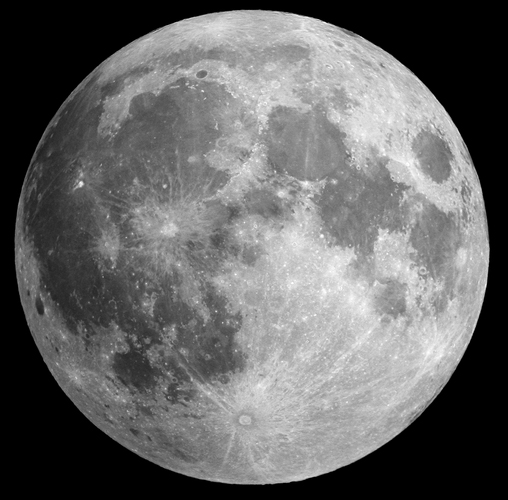
China’s Chang’E-4 lunar far-side lander recently touched down in the Von Kármán crater to explore the floor of the huge SPA basin and deployed its rover, Yutu-2. They have found the presence of low-calcium (ortho)pyroxene and olivine on the moons surface. These materials may have come from the lunar mantle. Geological context suggests that these materials were excavated from below the SPA floor by the nearby 72-km-diameter Finsen impact crater event, and transported to the landing site.
Sixty years of moon exploration had revealed a lunar crust dominated by the mineral plagioclase, overlying a more mafic (richer in iron and magnesium) mantle of uncertain composition. Both crust and mantle formed during the earliest stages of lunar evolution when late-stage accretional energy caused a molten rock (magma) ocean, flotation of the light plagioclase, sinking of the denser iron-rich minerals, such as olivine and pyroxene, and eventually solidification. Very large impact craters can potentially penetrate through the crust and sample the lunar mantle.
The largest of these craters is the approximately 2,500-kilometre-diameter South Pole-Aitken (SPA) basin on the lunar far side. Evidence obtained from orbiting spacecraft shows that the floor of the SPA basin is rich in mafic minerals, but their mantle origin is controversial and their in situ geologic settings are poorly known.
